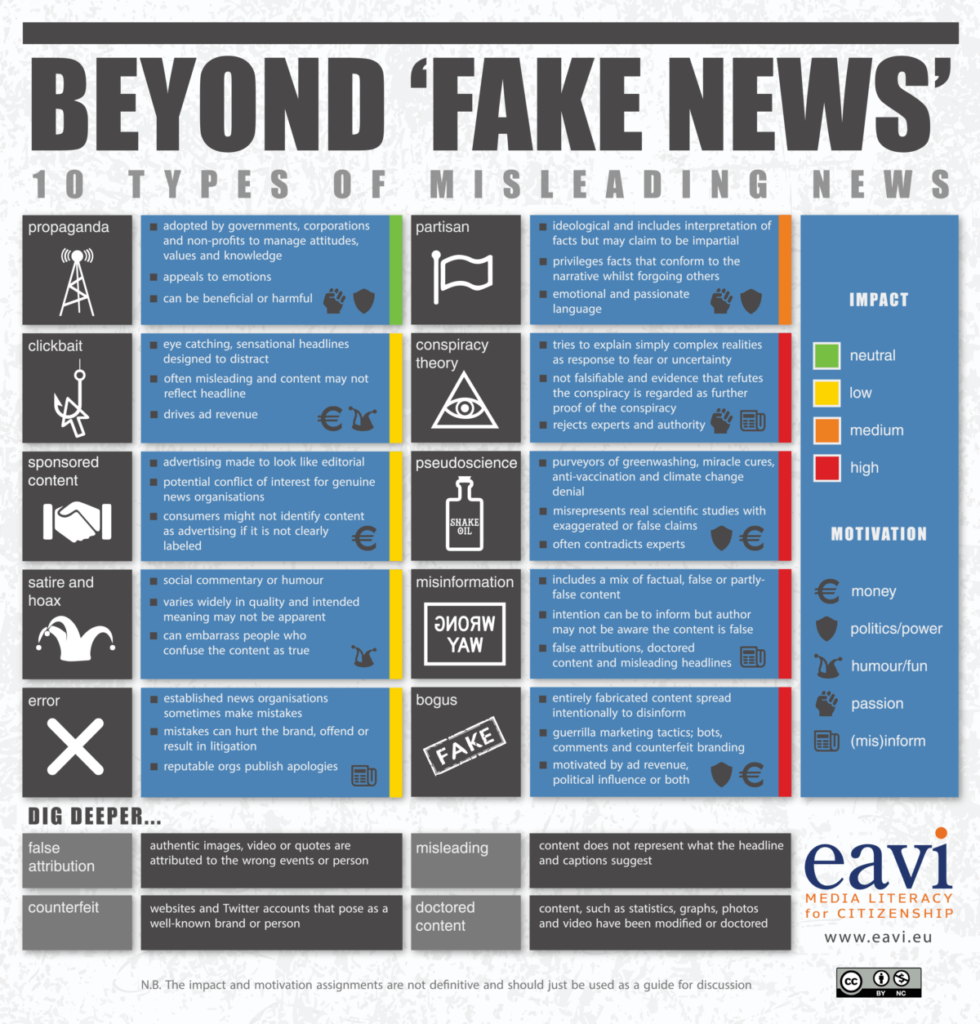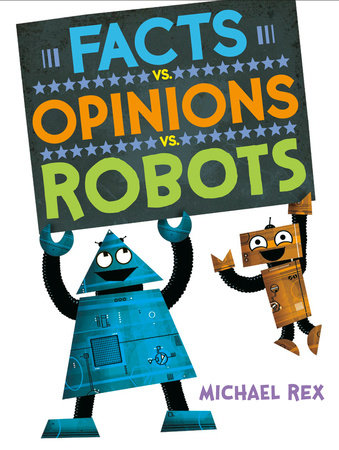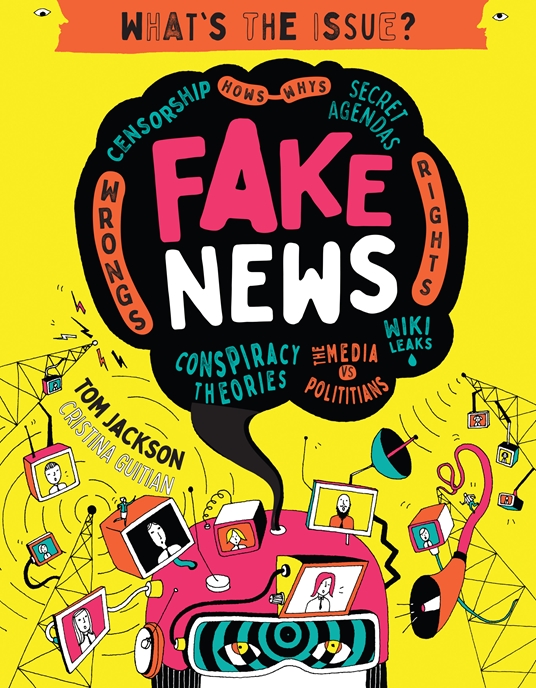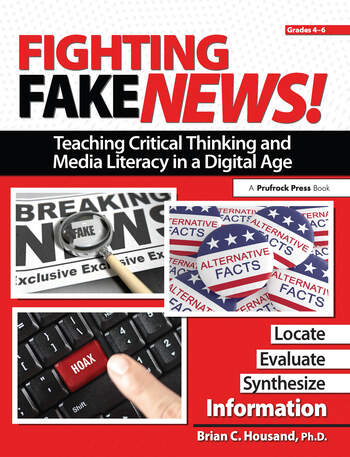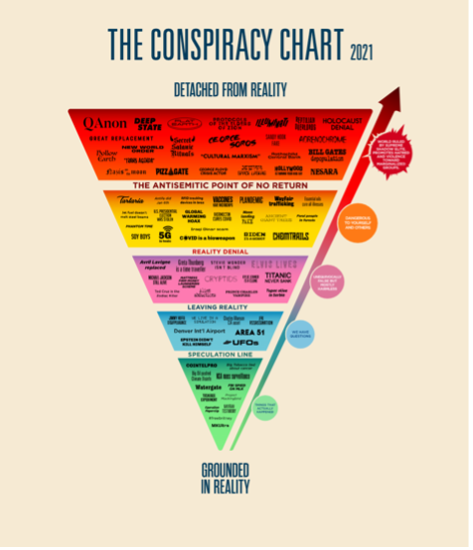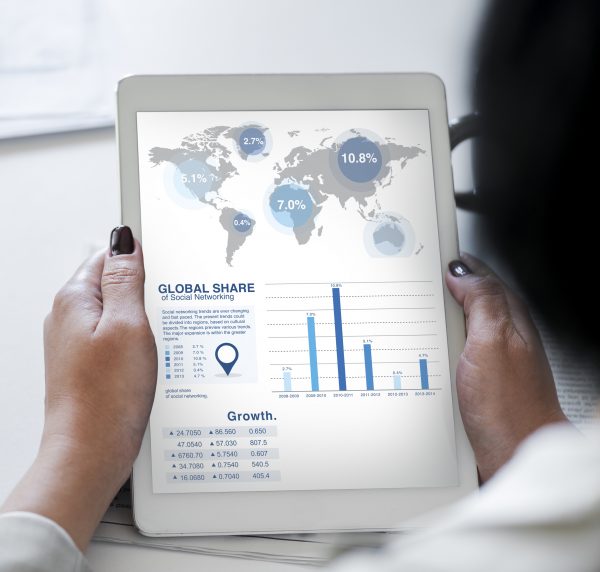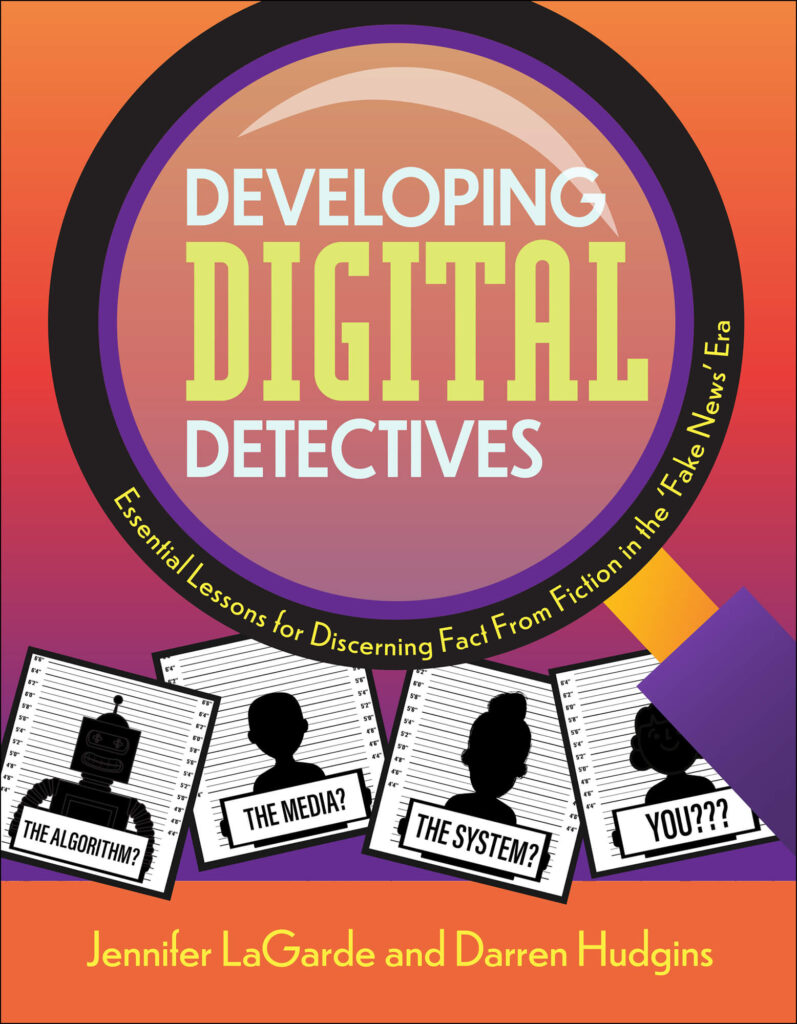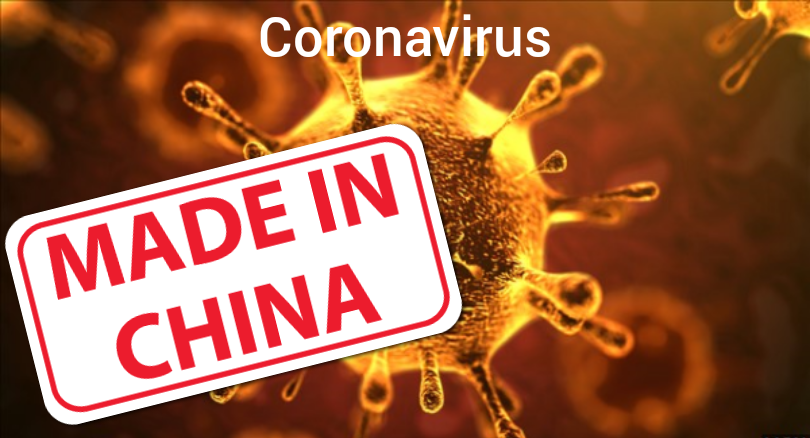TedEd Lesson: Why People Fall for Misinformation—Joseph Isaac
In 1901, David Hänig published research that led to what we know today as the taste map: an illustration that divides the tongue into four separate areas. It has since been published in textbooks and newspapers. There is just one problem: the map is wrong. So how do misconceptions like this spread, and what makes a fake fact so easy to believe?
TedEd Lesson: Why People Fall for Misinformation—Joseph Isaac Read More »


